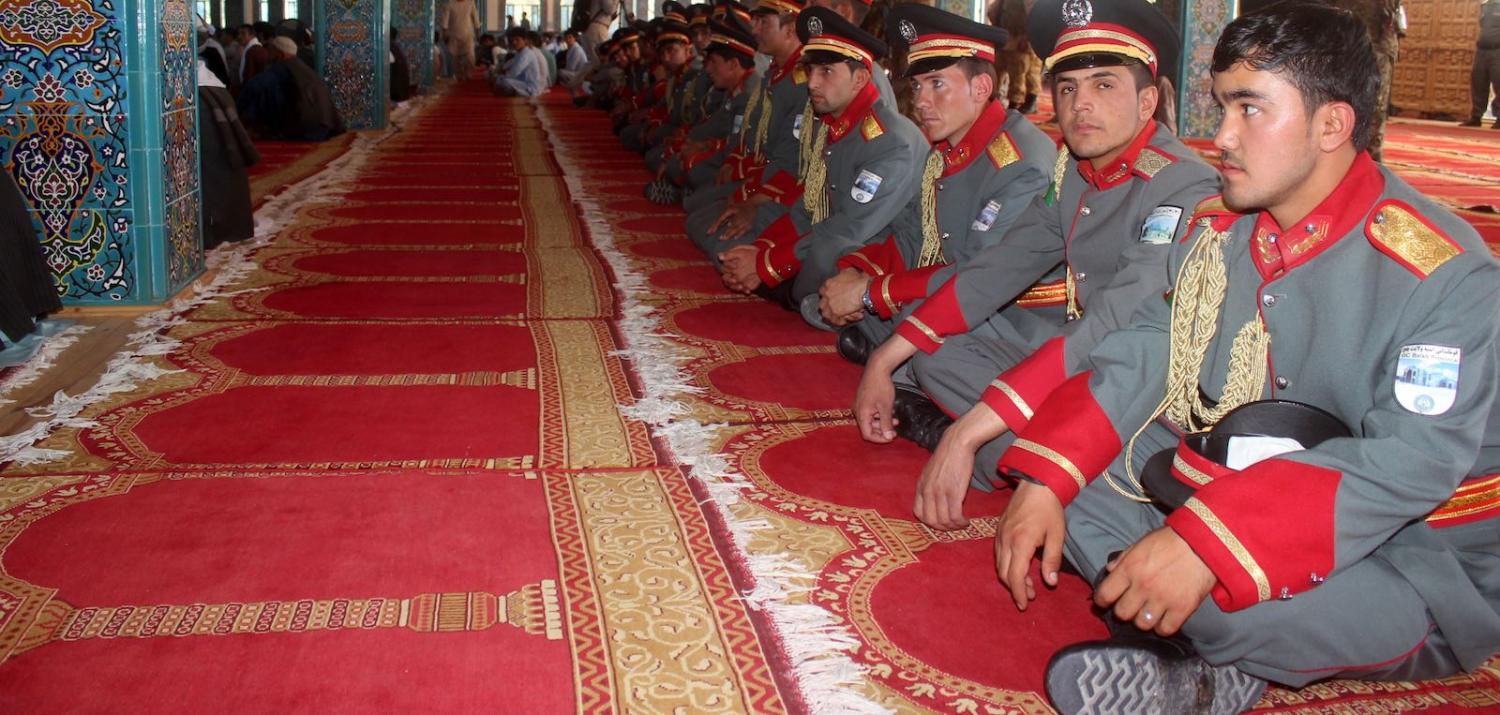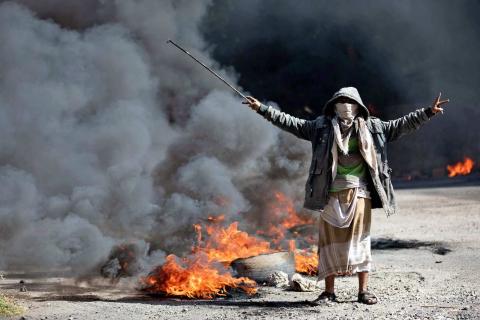For the first time, the Afghan government and the Taliban have agreed on a ceasefire in the 17 years–long conflict that has made Afghanistan one of the most violent places on the planet.
Both parties unilaterally announced the temporary armistice. The halt to hostilities has provided a glimmer of hope for the peace process which has achieved little in the ten years since its initiation.
Afghan President Ashraf Ghani announced an unconditional seven-day ceasefire that came into effect on 12 June and continues until the third day of Eid-ul Fitr – a religious holiday that marks the end of Ramadan. Ghani extended the ceasefire for another ten days and appealed to the Taliban to reciprocate. During this time, Afghan forces will cease attacking the Taliban, but continue to pursue Islamic State and al-Qaeda terrorist groups.
The Taliban also announced a ceasefire of its own, from the first to the third day of Eid-ul Fitr (15 to 17 June). Taliban fighters are directed to pause attacks against Afghan forces; however, the ceasefire directive excluded international forces present in Afghanistan. The majority of foreign troops in the country are from the US, but also include small numbers of forces from other allied countries, including Australia.
US-led NATO forces said they will honour Ghani’s ceasefire commitment. A few days earlier, the NATO commander in Afghanistan, US Army General John Nicholson, had flagged secret talks were underway with the Taliban on many levels, and that a ceasefire was being considered.
On Saturday, the first day of Eid, many Taliban fighters headed to cities across Afghanistan to celebrate the festive days with Afghan people. Images of armed Taliban militants offering Eid prayers alongside Afghan army soldiers and celebrating Eid festivities with ordinary Afghans, including women who were banned from public during the Taliban regime, were prominent on social media. These extraordinary scenes were unimaginable only a few days before.
The ceasefire was marred by incidents of violence, when suicide attacks targeted gatherings of Afghan forces and Taliban militants in the eastern city of Nangarhar – an Islamic state stronghold. News sources in Afghanistan and Pakistan also confirmed on 15 June that a US drone attack in Afghanistan had killed Tehrik-i-Taliban Pakistan (TTP) leader Mullah Fazlullah, who led an insurgency in Pakistan and is said to ghave ordered the attack on Nobel laureate Malala Yousafzai. Fazlullah was also responsible for one of the most violent attacks in Pakistan, which killed 132 school children.
Despite incidents of violence, opinion on all sides has increasingly converged towards a peaceful resolution to end the ongoing strife in Afghanistan. Hopes are tempered. Challenges and obstacles are pervasive, and peace processes are usually long and volatile, spanning years, and in some cases decades.
The ceasefire seems, at least for now, to have resulted from mounting pressure on the Taliban and Pakistan, which is a key goal in US President Donald Trump’s strategy towards South Asia. Last August, Trump relaxed limitations imposed by the Obama administration on US forces carrying out attacks against the Taliban, including air support to the Afghan National Army. Trump also boosted the number of US forces with 3000 new troops, and urged other international allies to follow through similarly.
Pakistan has faced harsh criticism from the global community for its inaction against Taliban havens in its territory. Trump had called on Pakistan to deny the Taliban sanctuary, and suggested that strict measures would be being considered if Pakistan does not help the US in Afghanistan.
The US suspended aid to Pakistan earlier this year, and US Ambassador to the United Nations Nikki Haley suggested that Pakistan harbours terrorists that attack US soldiers in Afghanistan. In 2017, Pakistan also narrowly dodged being put on the 35-member money-laundering watchdog Financial Action Task Force’s grey list, which could have been devastating for Pakistan’s economy. This escape was conditional on Pakistan’s action against terrorism, including bringing the Taliban to peace dialogue.
While Pakistan faces the brunt of global pressure, the Taliban has shown its resilience by undertaking some of the current war’s most violent attacks on districts and provincial capitals. Kabul has been the target of many suicide attacks, including one in which an ambulance full of explosives was detonated on a busy street, killing more than 100 people. The Taliban claimed the attack was in retaliation to the US’ decision to send additional troops to Afghanistan.
There is a major gap to bridge. The Taliban insists on direct talks with the US and suggests that the Afghan government lacks authority on the most contentious issue, which is the presence of foreign troops in Afghanistan. The Afghan government, however, emphasises an Afghan-led peace process backed by the international community.
Either way, the ceasefire is a significant step in the right direction, and signals some degree of willingness on all sides that peace in Afghanistan is imaginable.

